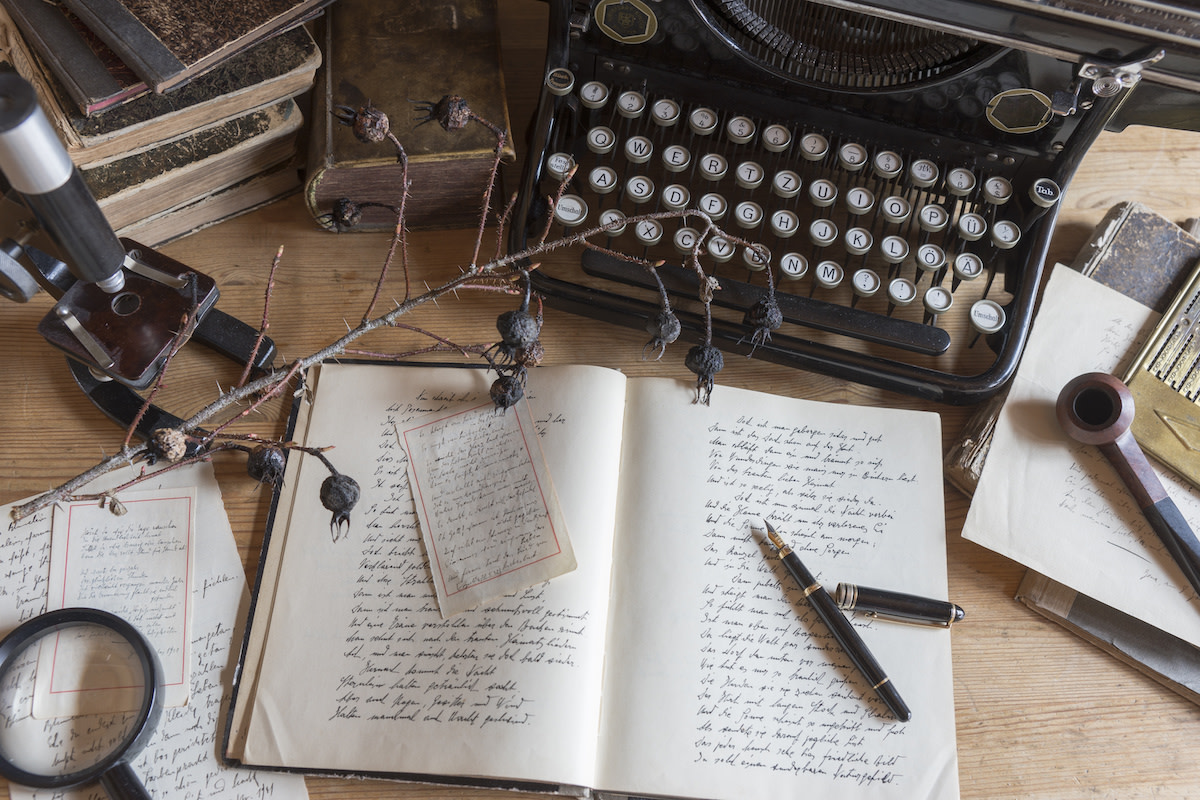Poetry 101: What Is a Couplet in Poetry?
Written by MasterClass
Last updated: Aug 16, 2021 • 4 min read
If you’ve ever read Shakespeare or Dr. Seuss, you are familiar with the couplet. A couplet is two lines of verse that follow one another and are connected by rhythm and rhyme. They make a poem pop with their lyrical language and pacing, like this couplet from English poet Alexander Pope:
*True ease in writing comes from art, not chance,
As those move easiest who have learn’d to dance. *
Poets use the quick pacing and brief language of couplets as a technique to make their poems memorable.
Learn From the Best
What Is the Definition of Couplet in Poetry?
A couplet is a pair of consecutive lines of poetry that create a complete thought or idea. The lines often have a similar syllabic patterns, called a meter. While most couplets rhyme, not all do. A couplet can live within a bigger poem or be a poem all its own.
What is the History of the Couplet?
The original meaning of “couplet” in French is two pieces of iron connected by a rivet or a hinge. The Latin origin is “copula,” which means a bond or a link. In poetry, the lines of a couplet are linked by the thought that joins them together. They first emerged in the English language during the thirteenth century, when English poets began to use them as literary devices to establish patterns in verse.
English poet Sir Philip Sidney drew attention to the poetic device when he outlined the purpose of couplets in his 1590 book Arcadia:
“..in singing short coplets, whereto the one halfe beginning, the other halfe should answere.”
What Are Some of the Different Types of Couplets in Poetry?
Couplets group one idea into a short stanza. The characteristics that define a couplet —meter, rhyme scheme, or origin — divide them into specific types of couplets such as:
- Heroic couplet. This is the most common couplet used in English poetry. Heroic couplets follow an iambic pentameter — a rhythm that has a five two-syllable beat with emphasis placed on the second syllable. Chaucer pioneered the use of heroic couplets in The Canterbury Tales in the fourteenth century. Alexander Pope and John Dryden were famous for their use of heroic couplets in the eighteenth century.
- Split couplet. Split couplets have asymmetrical rhythms. The first line is iambic pentameter—five beats. The next line is iambic dimeter—two beats.
- Open couplet. A couplet that flows from the first line to the second line as one continuous sentence is an open couplet. They are also referred to as run-on couplets.
- Closed couplet. A couplet that has two separate sentences is a closed couplet. They are also called formal couplets.
- Chinese couplet. Couplets have been used in Chinese poetry for two thousand years. In Chinese poetry, couplets are written as individual poems. The couplet poems are hung around doorways on special occasions like New Year’s Day, birthdays, and weddings, with wishes for a prosperous life.
- Qasida. A qasida is an Arabic poem that is a series of couplets. There can be dozens of couplets in a qasida.
What Is the Purpose of a Couplet in Poetry?
Couplets express an idea in a concise, memorable statement. Poets use this finite narrative for:
Rhythm.
The quick pacing of a couplet brings energy to a poem. William Blake accomplishes this with his opening couplets in The Tyger:
Tyger, Tyger burning bright.
In the forest of the night;
What immortal hand or eye,
Could frame thy fearful symmetry?
Imagery.
Couplets can be colorfully written, creating an image in just a few words. Robert Frost told visual narratives through his poetry, often using rhyming couplets like in Nothing Gold Can Stay:
Nature’s first green is gold,
Her hardest hue to hold.
Her early leaf’s a flower;
But only so an hour.
Then leaf subsides to leaf.
So Eden sank to grief,
So dawn goes down to day.
Nothing gold can stay.
Emphasis.
A couplet emphasizes an idea by creating and resolving a thought in two lines. Shakespeare places couplets at choice moments in his plays to draw the reader’s and audience’s attention to that moment. For example, in Romeo and Juliet, the use of the couplet signals the importance of these lines:
Parting is such sweet sorrow
That I shall say good night till it be morrow.
Conclusion.
Poets sometimes use couplets to signify the end of the poem and to leave a poem on a succinct note that leaves a lasting impression. The sonnet form consists of 14 lines of iambic pentameter with a couplet at the end, to conclude and summarize the poem. For example, Shakespeare’s famous sonnet Shall I Compare Thee to a Summer’s Day? concludes with this couplet:
So long as men can breathe or eyes can see,
So long lives this and this gives life to thee.
Learn more about poetry from acclaimed poet and former US Poet Laureate Billy Collins here.
